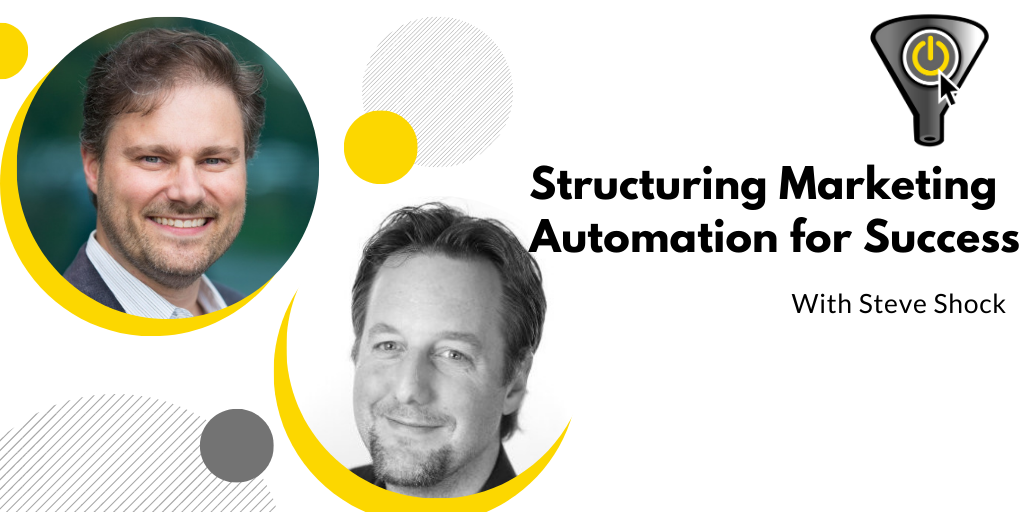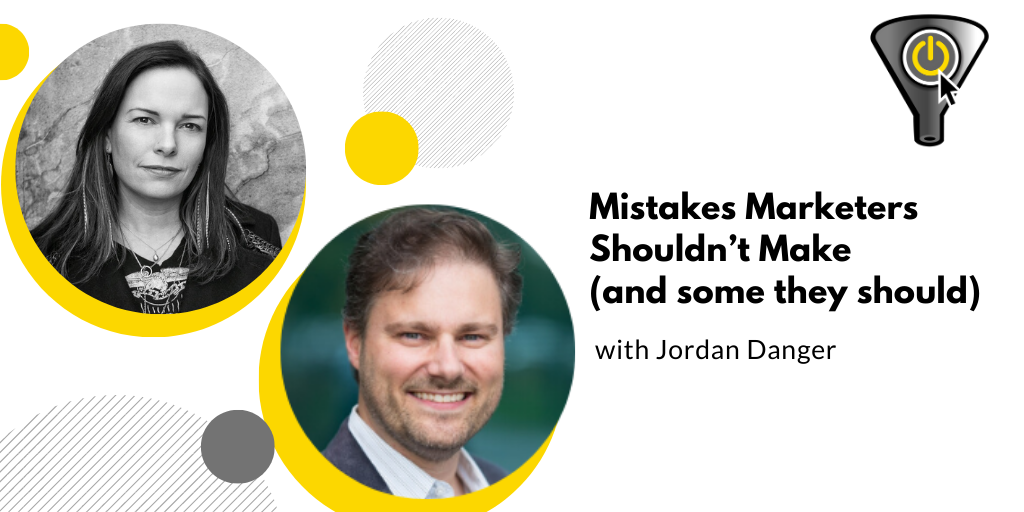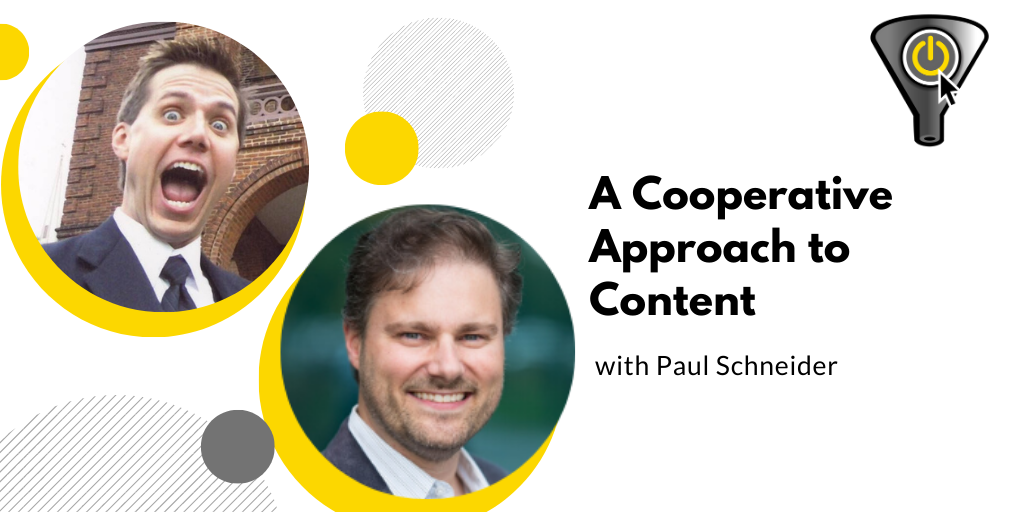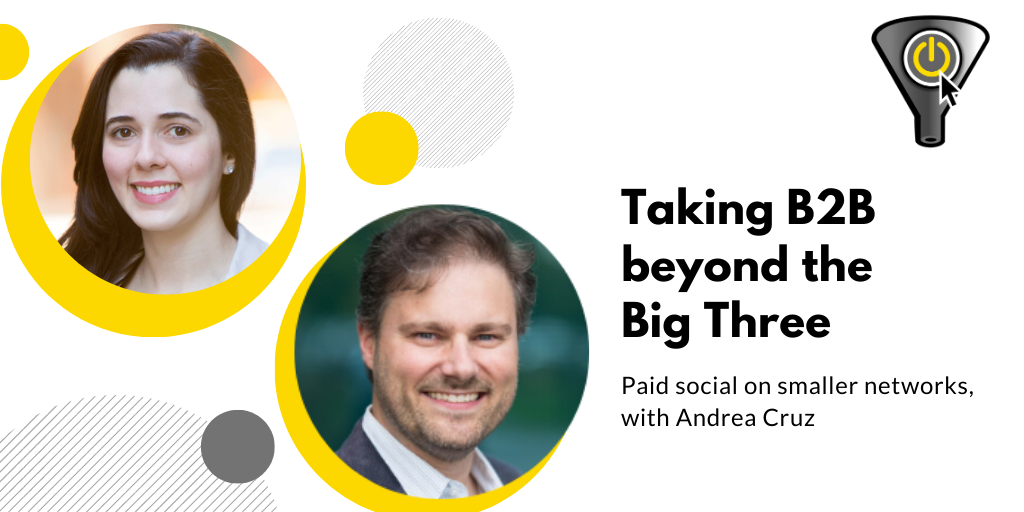A Marketing generalist is known for having abilities in diverse fields, but what exact combination of abilities does it take? And when should a marketer try to go deep in one skill area instead of going broad.
One problem is that you can’t judge whether your skills are commonplace or exceptional, it always depends on who’s around you and how many of them can do what you do. After all, everyone is an expert to someone else
I’m lucky enough to have known Robert Decher for the better part of a decade. Listen to the show where he explains how:
- Good Careers don’t always go in straight lines, but broad abilities acquired along the way are augmented by one skill that goes deep, together forming the shape of a T. Hence the name T-shaped career.
- There’s no substitute for experience.
People/Products/Concepts Mentioned in the Episode
- Paul Roetzer’s book, The Marketing Performance Blueprint
- Algonquin College’s Media and Design Program
- Video Cover Story for LinkedIn Profiles
- Low-code and no-code development applications
- Spark Advocacy
- Pink Robot
- Canva
- The shelf-life of skills and how to avoid obsolescence
- Inspiration for parts of episode came from the Humans of Martech podcast
- How to contact Robert:
- Robert Decher’s LinkedIn profile
- Robert Decher’s Twitter account
Episode Reboots
- It takes trust to do work that’s at the fringes of someone’s skills, by both the person paying for the work and the person doing it.
- A good generalist is able to think out and talk about how something should work, even if they aren’t the one building all of it.











